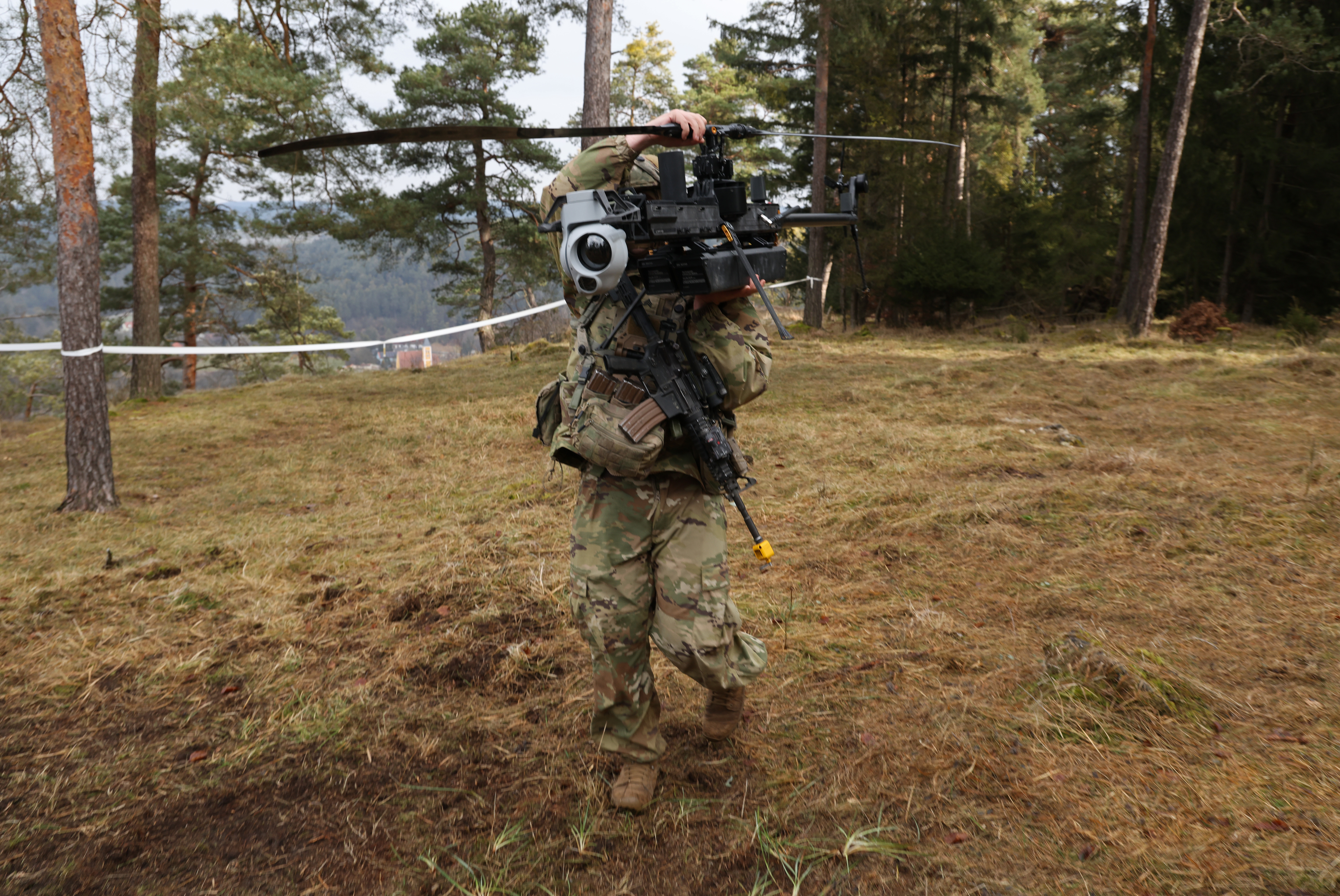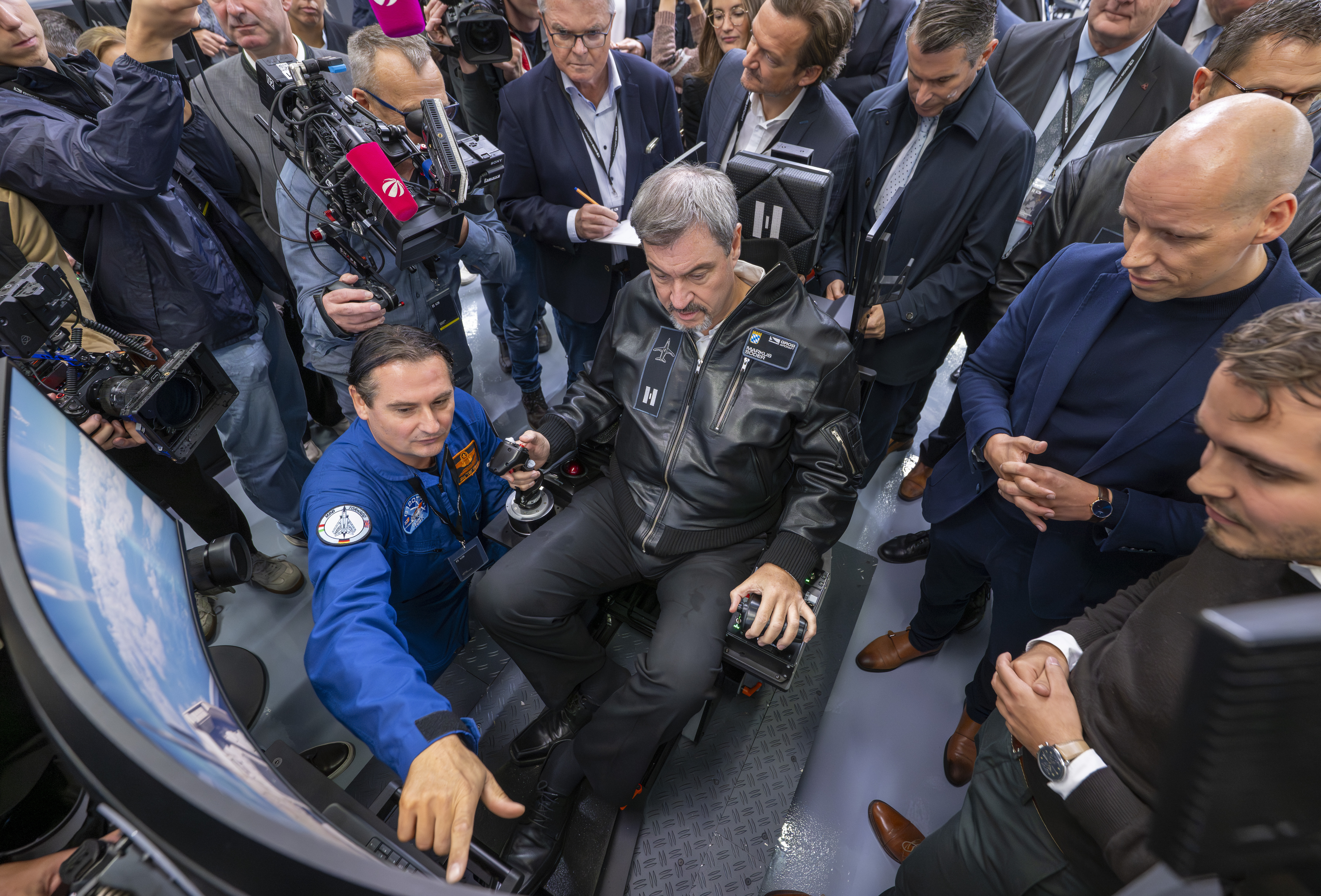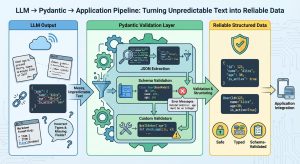
Al Gore might have created the internet in 1994 at The Superhighway Summit, but it committed suicide in 2023. The Dead Internet Theory has easily been around since 2010; however, the boom of Large Language Models and the multitude of AI based internet services delivered the final technology overdose to the social internet as a truly non-human social network.
The technology behind the social internet’s suicide evolved naturally. It began with telephone Interactive Voice Response (IVR) systems and web-based self-support to alleviate customer support phone calls. It seemed innocuous enough. We learned to battle phone menu hell after scouring websites for the hidden customer support phone number to speak to a real person. These cost cutting measures were used by companies to enhance the customer experience.
Later, it was online chatbots and true voice recognition. Siri and Alexa learned to control our home gadgets, music choices, and shopping experiences.
Even the adult entertainment industry jumped in early to the AI boom when HBO normalized Real Dolls. Hyper-realistic sex dolls have been available for 20 years; however, today AI phone apps give your customized virtual girlfriend a body and a sex drive.
Meanwhile, on the dark side of the net, computer viruses, worms, and malware got smarter too. The original Stuxnet malware attack targeted the programmable logic controllers (PLCs) used to automate machine processes. It generated a flurry of media attention after it was discovered in 2010 because it was the first known virus to be capable of crippling hardware and because it appeared to have been created by the U.S. National Security Agency, the CIA, and Israeli intelligence.
Although the makers of Stuxnet reportedly programed it to expire in June 2012, and Siemens issued fixes for its PLC software, the legacy of Stuxnet lives on in other malware attacks based on the original code. These “sons of Stuxnet” include Duqu (2011), Flame (2012), Havex (2013), Industroyer (2016), Triton (2017) and other unnamed viruses in 2018.
The advent of social media brought us cancel culture, censorship, and automated propaganda distribution. The demise of the online social media startup Parler was an excellent example of unsocial media gone wrong. In the past, I have written about Parler’s infestation with #UpVote bots — much of which I believe could have been implemented on purpose by the Parler developers in order to exaggerate the platform’s adoption. This had nothing to do with politics.
Then we witnessed Elon Musk’s bot extermination on Twitter/X, only to be followed by a vast reduction in real subscribers. Similarly, Facebook is seeing a rising number of fake accounts. One can surmise that this might be a natural response to the saturation of the market — everyone has a social media account now. Who else is left to join?
Our parents and grandparents warned us against the evils of TV in the 1970s and 80s. They had no idea what was on the horizon. Now YouTube is suffering from AI generated SPAM videos designed to get clicks, subs, and views as we let the algorithm choose what we gaze at next.
But my generation saw this coming and did nothing to stop it. In fact, we encouraged it. We grew up on Battlestar Galactica, Blade Runner, and a multitude of other dystopian cautionary tales about artificial intelligence gone wrong. It is funny to think that the rouge AI technology in Caprica from 2010 is not that far-fetched in 2023.
We allowed our young children to embrace computers as a source of entertainment, and often a babysitting service in the 1990s and 2000s. Helicopter parents dissuaded kids from playing outside for fear of swallowing bugs and skinning their knees. As the marketing power of psychological and pharmaceutical industries grew in the early 2000s, they labeled our kids with newer and more dangerous conditions. Consequently, we pushed rapidly multiplying Asperger – Munchausen afflicted offspring down the only logical career path – Engineering and Information Technology. Once many of these kids learned they were bad at mathematics, they created the new industry of social medial influencers.
But don’t fear, this generation of kids is getting exactly what they wished for — a virtual world of virtual assistants with little need for real human interaction. Thanks to the recent pandemic reinforcing bad behavior passed down from their parents, these mal-adjusted misfits are still cloistered in their safe spaces and masked-up from society. Not only do they subscribe to Amazon Prime and Uber Eats, but they also get medical vaccination subscriptions like computer anti-virus software updates.
My message to all of the remote employees and kids entering the workforce is to get your buts back into the office and experience some real face time with your coworkers before the impending layoffs begin. Show your management exactly why you cannot be replaced by an AI chatbot. Otherwise, the new AI running the Human Resources departments are going advise your cancellation.
The social internet may be committing suicide, but you can still escape the matrix and participate in the real world.
Artificial Intelligence
The Darker Net
[crypto-donation-box type=”tabular” show-coin=”all”]











